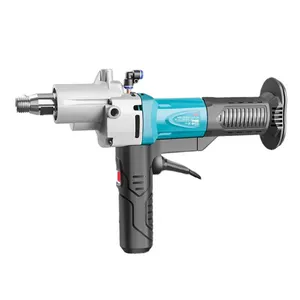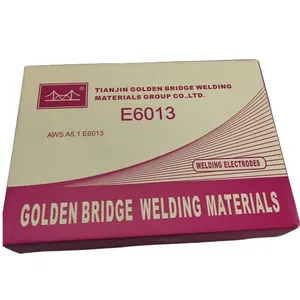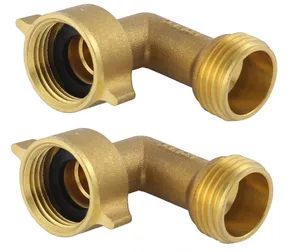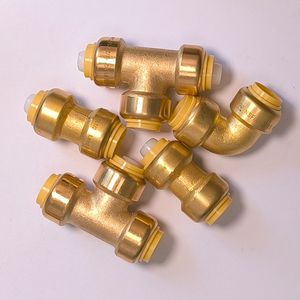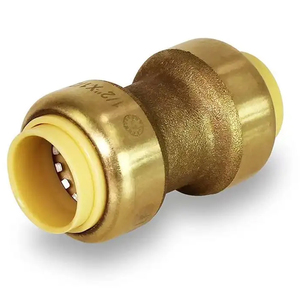Popular in your industry























































































































































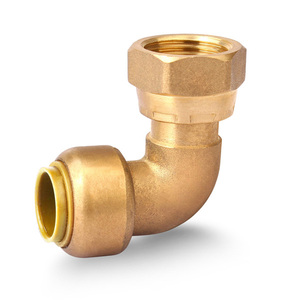










Top categories
About plumbing shark bite
Introduction
Welcome to the future of plumbing - push-to-connect plumbing. This revolutionary product is changing the game with its unique construction and easy installation, offering a secure, long-lasting solution to traditional plumbing methods. With its push-to-connect fittings, this system eliminates the need for special tools or soldering, making it a safer, more accessible option. This article delves into the components, installation, benefits, and comparisons of push-to-connect plumbing with traditional methods, addressing common concerns and providing real-world case studies of its successful implementation.
Understanding Push-to-Connect Plumbing
Push-to-connect plumbing is a revolutionary product that ensures secure and long-lasting connections. What makes a push-to-connect fitting superior to other systems is its unique construction. Inside a push-to-connect fitting, you'll find parts like a release collar, grab ring, o-ring and protector, tube stop, PEX stiffener, and body, all designed to provide a strong, secure connection. The fitting's lead-free dezincification brass makes it strong, corrosion-resistant, and durable.
Components and Installation of Push-to-Connect Plumbing
Push-to-connect fittings are water pipe connectors, available in sizes from ¼ inch to 2 inches. They connect PEX, CPVC, or PE-RT pipes in any combination, making them ideal for plumbing. Installation is simple and requires no special tools. First, prepare the pipe by removing any defects and marking the installation depth. Then, push the pipe into the fitting until you hear a click. Finally, connect your water supply and check for leaks. These fittings can also be removed and reused with the help of a Disconnect Clip or Disconnect Tongs.
Benefits of Push-to-Connect Plumbing
PEX pipe offers numerous benefits over traditional rigid pipe types. Its flexibility allows for easy maneuvering around corners without additional fittings, reducing potential leaks and lowering material costs. Installation is faster with push-to-connect fittings, requiring no special tools, crimping, glue, or solder. PEX pipe is resistant to scale buildup, corrosion, and extreme temperatures, making it more durable. It's also less susceptible to bursting in freezing conditions. Plus, the use of push-to-connect fittings eliminates the need for potentially harmful chemicals in plumbing systems.
Comparing Push-to-Connect Plumbing with Traditional Methods
Push-to-connect fittings offer a unique advantage over traditional plumbing methods. Unlike conventional fittings, they don't require special tools or soldering for installation, making them safer and more accessible. They provide a tight seal by biting into the pipe, reducing the risk of leaks and water damage. Despite being more expensive, their durability, ease of use, and versatility with various pipe types like copper, PVC, and PEX make them a worthwhile investment. They can even be installed on wet lines, a feature not common with regular fittings.
Common Concerns and Solutions
Push-to-connect fittings are generally reliable, but they can present some common issues. Poor installation often results in leaks, but when installed correctly, these fittings can create strong connections. They are compatible with PEX, copper, CPVC, PE-RT, or HDPE and require no special tools for installation. However, they should be used with caution on plastic pipes as repeated use can cause scratches and potential leaks. A deburring tool is recommended to ensure a smooth pipe end and prevent damage to the O-ring seal.
Case Studies: Successful Implementations of Push-to-Connect Plumbing
Many licensed master plumbers frequently use push-to-connect plumbing in their work. They find brass push fittings particularly useful for transitioning between pipe materials, especially when moving away from polybutylene, as these fittings don't stress the piping. They also use push-to-connect fittings when working with PEX piping. These experiences demonstrate the successful implementation of push-to-connect plumbing in real-world scenarios, highlighting its versatility and effectiveness.
The Future of Plumbing: Why Push-to-Connect Plumbing is a Game Changer
Push-to-connect, with its innovative fittings, has revolutionized the plumbing industry. By replacing complicated glues, solders, and mechanical crimping techniques with a simple insertion method, push-to-connect has improved installation speed and quality. This innovation has not only made plumbing more efficient but also more reliable. The company's commitment to continuous improvement and disruption of the market, coupled with its state-of-the-art testing facilities, ensures that push-to-connect products stand the test of time. The future of plumbing is here with push-to-connect, making traditional plumbing methods a thing of the past.
Conclusion
Push-to-connect plumbing, with its innovative design and easy installation, has truly revolutionized the plumbing industry. Its unique fittings have replaced complicated installation methods, making plumbing more efficient and reliable. Despite some common concerns, when installed correctly, push-to-connect fittings provide strong, leak-free connections. Real-world case studies further demonstrate its effectiveness and versatility. As the industry continues to evolve, push-to-connect stands at the forefront, making traditional plumbing methods a thing of the past and paving the way for a future of improved, efficient, and reliable plumbing.
